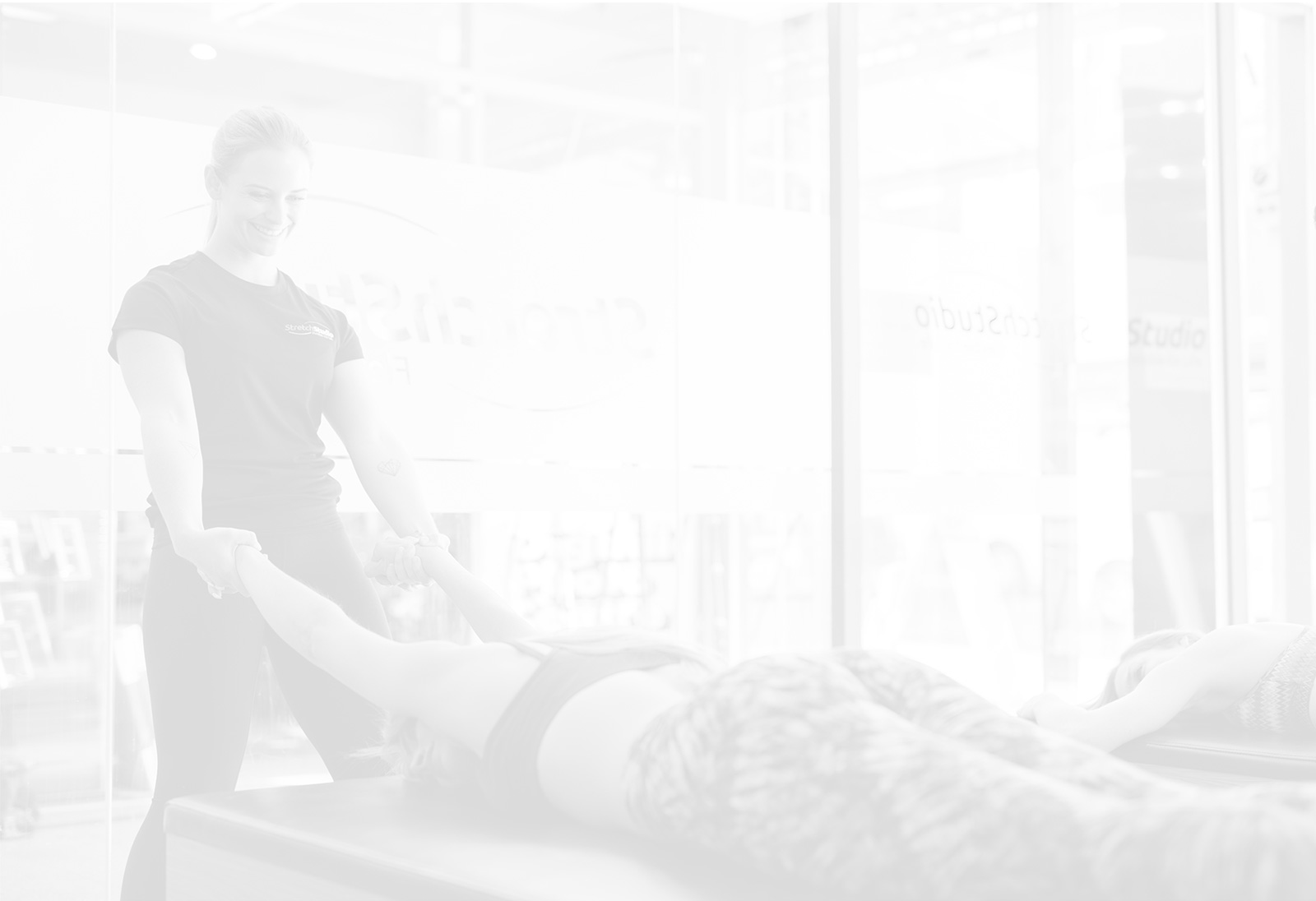Stretching is a fundamental component of maintaining flexibility and promoting overall well-being. While active and dynamic stretching methods are well-known, passive assisted stretching offers a unique approach that can yield impressive results. In this article, we’ll delve into the basic concepts of passive assisted stretching, exploring what it is, how it works, and its benefits.
Defining passive assisted stretching:
Passive assisted stretching involves using external assistance to guide an individual into a stretch, without the need for active muscle engagement. Unlike active stretching where muscles are contracted to achieve a stretch, passive assisted stretching relies on gravity, props, or a partner to provide the necessary force to elongate the muscles.
How passive assisted stretching works:
Passive assisted stretching takes advantage of the principle of reciprocal inhibition. When a muscle is stretched, its opposing muscle group naturally relaxes. This relaxation is further enhanced when the stretch is gently facilitated by an external force. The individual being stretched can fully relax into the stretch, allowing for deeper and more comfortable elongation of the muscles.
Practical techniques for passive assisted stretching:
Self-assisted stretches: Using props such as yoga blocks, straps, or even furniture, individuals can create the necessary external force to facilitate the stretch on their own.
Partner assisted stretches: Enlisting the help of a partner can provide a more precise and controlled stretch. Clear communication is essential to ensure comfort and safety.
Gravity-assisted stretches: Positioning the body in a way that takes advantage of gravity can effectively achieve passive assisted stretches. For example, allowing a leg to hang off the edge of a surface for a hamstring stretch.
Passive assisted stretching offers a gentle and effective approach to improving flexibility, promoting relaxation, and preventing injuries. By harnessing the power of external assistance, individuals can achieve deeper stretches without the risk of overexertion. Incorporating passive assisted stretching into a regular fitness routine can lead to enhanced flexibility, better joint health, and a heightened sense of overall well-being. Remember to approach this technique with caution, listen to your body, and explore the variety of methods available to experience the benefits of passive assisted stretching.
